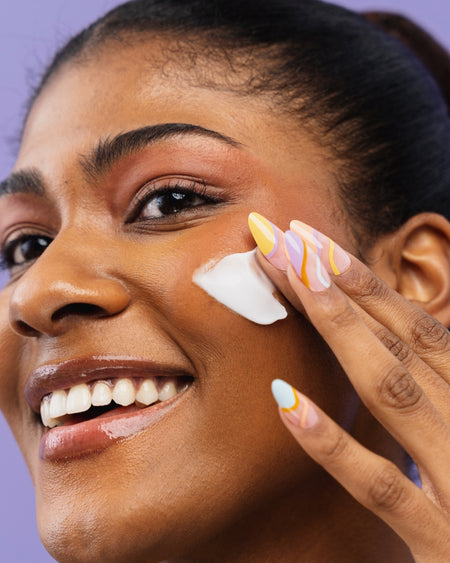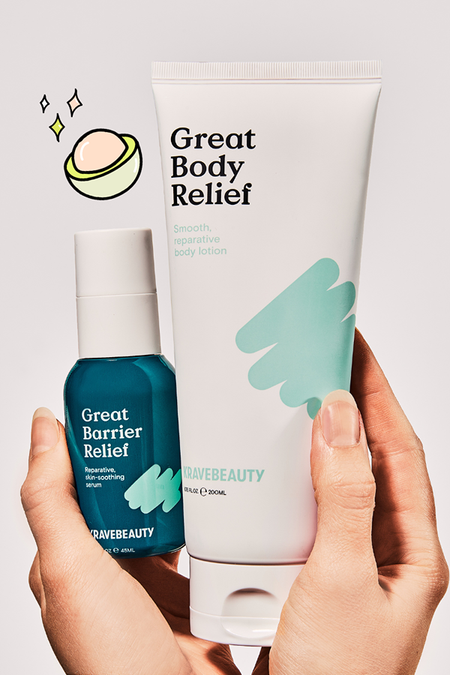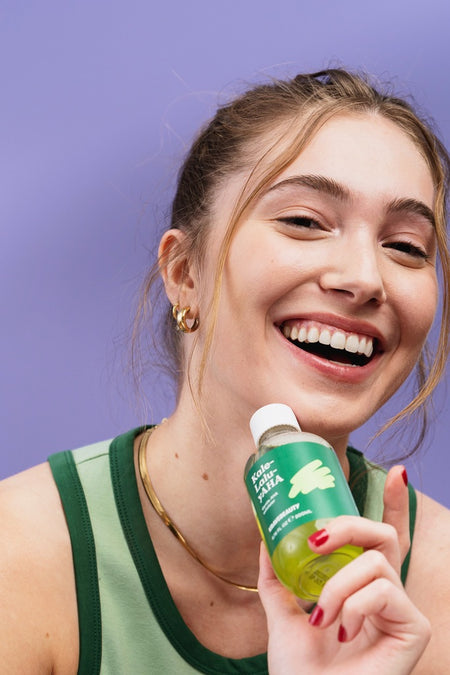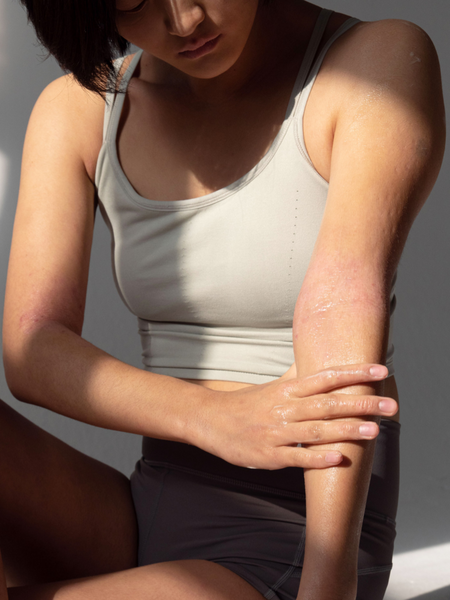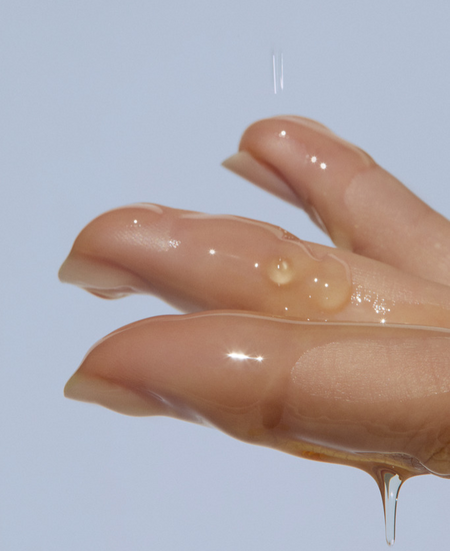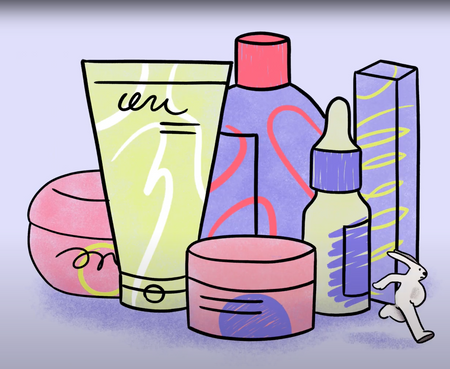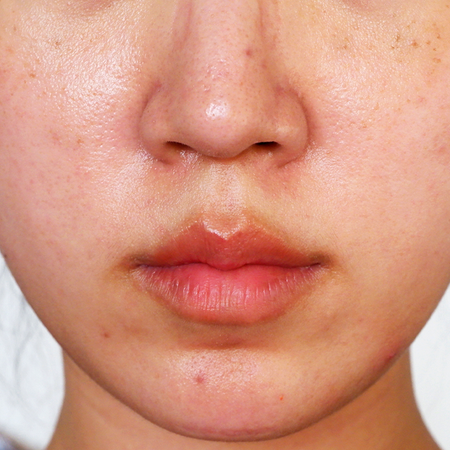Winter Series: Guide to Choosing Winter Skincare

Winter is coming– and it seems like it’s here to stay a while. But we're cool with that because we've got all the tips to help you brave out these nippy months.
So let the storm rage on. The cold never bothered us anyway. (Okay, last winter reference– we promise 😉)
Last week, we went over how the changes in weather make it harder for our skin to hold onto its water content, and that we should modify our lifestyle, such as our skincare routine, to include products that help our skin perform how it should. So this week, we’ll give you some pointers on what ingredients to look for to combat the cold, dry winter conditions.
Our skin faces three main concerns in the colder months:
1) Increased TEWL
The lower humidity in the air means that water will be sucked out of your skin at a higher rate than in the warmer, humid months (because, just science).
Luckily, we have a trusty and familiar skincare family to help us out in this department: humectants! They were there for us throughout the summer months to keep us hydrated, and they definitely help us out in the winter too.
But wait a sec! We need to be smart about when and how we use them.
Think of it this way: the function of humectants is to grab onto surrounding moisture and pull it into your face. So if the surrounding air has less moisture than there is within your face, the humectant will be grabbing water from your face rather from than the air (which is NOT okay).
Therefore, in the winter, it's best to use humectants when you’re in a space with higher humidity levels. For example, when stepping out of the shower into a humid bathroom or when next to a humidifier, etc. Let the humectant ingredient absorb that glorious moisture into your skin while you hang out in the humid environment. Do we hear the perfect excuse for a steamy bath?
Humectant Ingredients to Look For: hyaluronic acid, glycerin, sodium PCA, urea, vitamin B5 (Panthenol), honey
2) Easily damaged skin barrier
Once we’ve stocked up on that wonderful moisture, the next step is making sure that it’s all sealed in. Our natural skin barrier faces a lot more stimulation and irritation in the winter months thanks to harsh winds, fluctuating temperatures between the indoors and outdoors, scarves, masks, and more. So not only will your skin lose its water content faster, but it will also suffer more inflammation and redness as our weakened barrier isn’t strong enough to protect and calm itself down.
Pay a little more attention to what your skin is saying and look out for these holy-grail ingredients below!
Skin Barrier Repairing Ingredients to Look For: ceramides, cholesterol, and fatty acids
Inflammation Calming Ingredients to Look For: honey, cica/tiger grass, and vitamin B3 (Niacinamide)
3) Decreased oil/sebum production
One of sebum’s main functions is to essentially lubricate the surface of the face, reducing the friction our skin goes through on a daily basis simply as we speak or make facial expressions. However, since we naturally produce less sebum in colder weather, our faces are prone to feeling “tight” and can be easily irritated even with the slightest smile.
This is where we turn to our lovely friends, emollients, for help. “Emollients” are a rather broad term in skincare, as they can include anything that provides the skin with softness and “glide.” In other words, they help our skin achieve the same well-lubricated surface as normal levels of sebum production would in milder conditions.
For emollient basics, we recommend that your moisturizer is not only able to relieve your skin’s feeling of tightness, but also feels breathable. Facial oils can also help you prevent potential skin tightness and friction. An emollient power combo to try out this winter is to supplement your regular moisturizer with a few drops of a facial oil that works for your skin.
Beware of: Over-occlusion
Occlusive ingredients are a popular choice in the winter, as they work like a blanket over your skin to keep the moisture in. In particular, sleeping masks have become ALL the rage within the beauty blogger community and skincare industry in general. But while these sleeping masks can be useful in replenishing our skin’s nutrients and moisture levels with occasional use (keyword: occasional), piling on occlusive products in an already damp environment (like a gel-based sleeping mask) can lead to further skin barrier disruption and increased skin sensitivity. So while it may be tempting, try not to over-do it! Less is more.
Our philosophy is to give our skin the tools it needs to do its job properly, not slather on all the products in the world hoping to see amplified benefits (our skin just doesn’t work that way!). The products you use should be to supplement and treat where your skin is lacking to help it function at its best. That’s it.
We hope that this survival guide helps you feel more prepared to protect your skin throughout the winter. Next week, we’ll dive a little deeper into a skin condition many of us suffer from (even if we don’t know it!) and that usually gets worse in the winter: eczema. Till next time!
 Matcha Hemp Hydrating Cleanser
Matcha Hemp Hydrating Cleanser Oat So Simple Water Cream
Oat So Simple Water Cream Beet The Sun SPF 40 PA+++
Beet The Sun SPF 40 PA+++ Great Barrier Relief
Great Barrier Relief Kale-Lalu-yAHA
Kale-Lalu-yAHA


